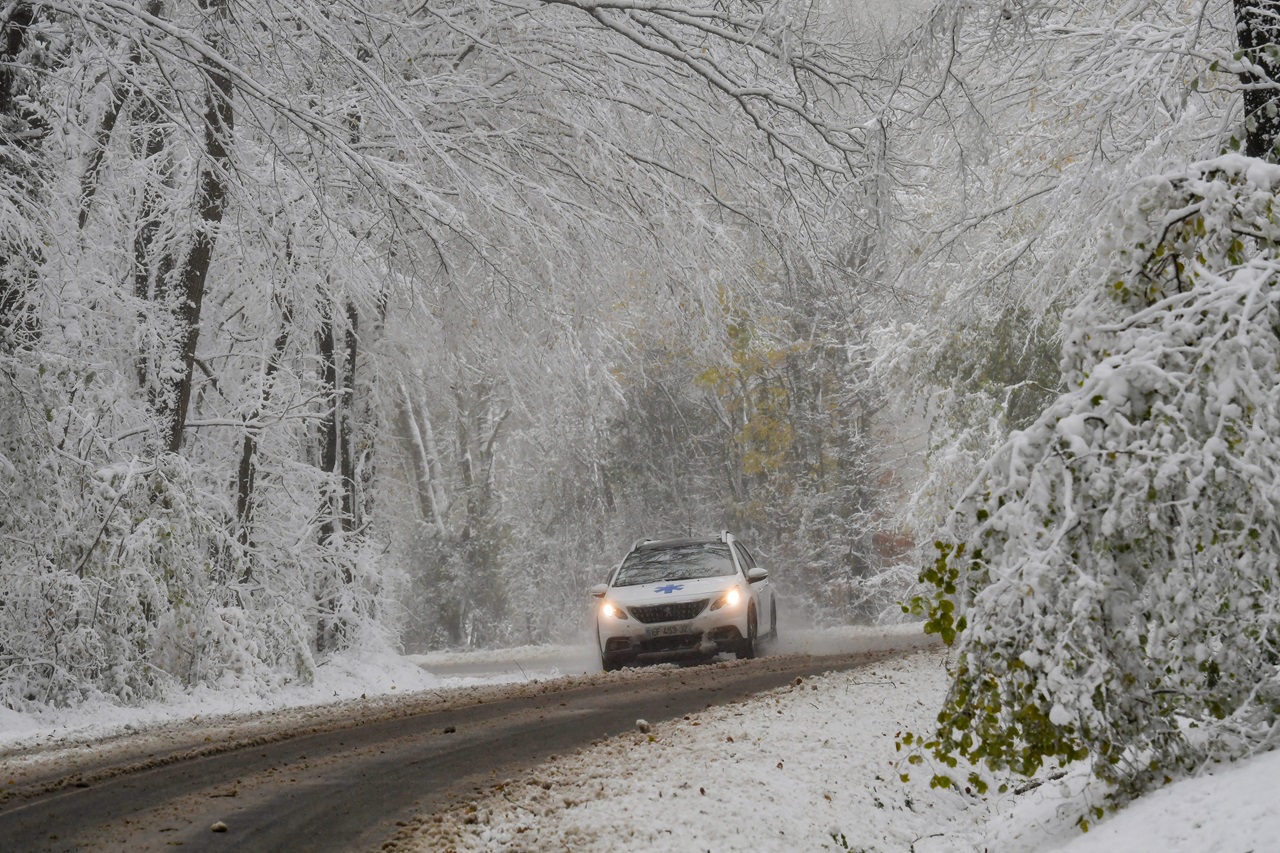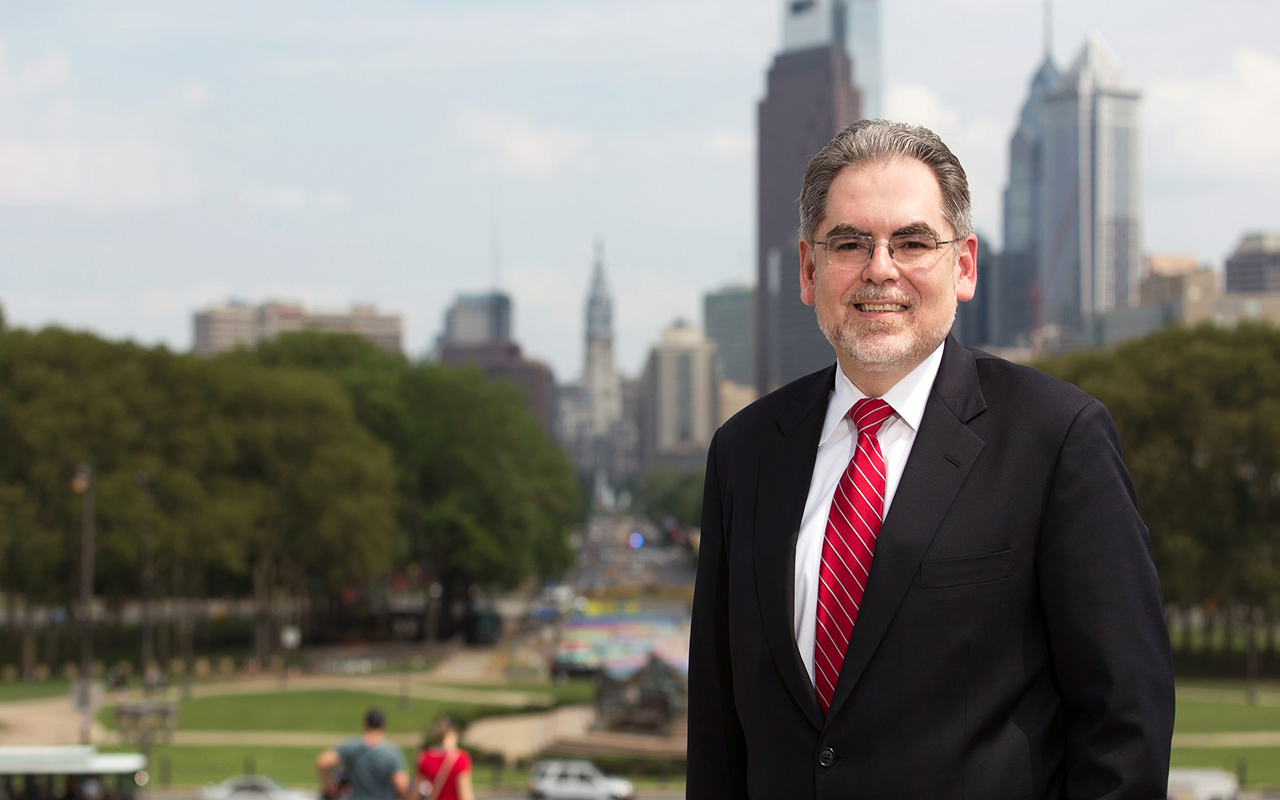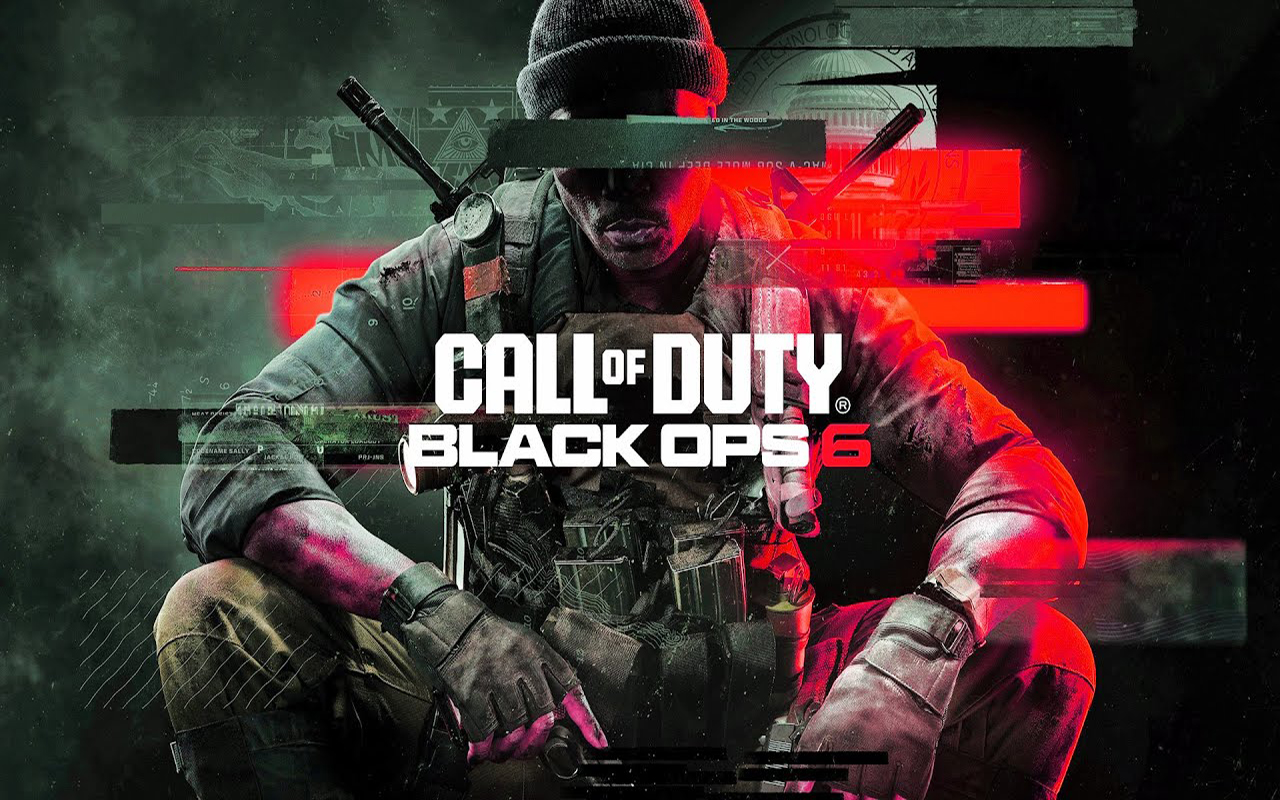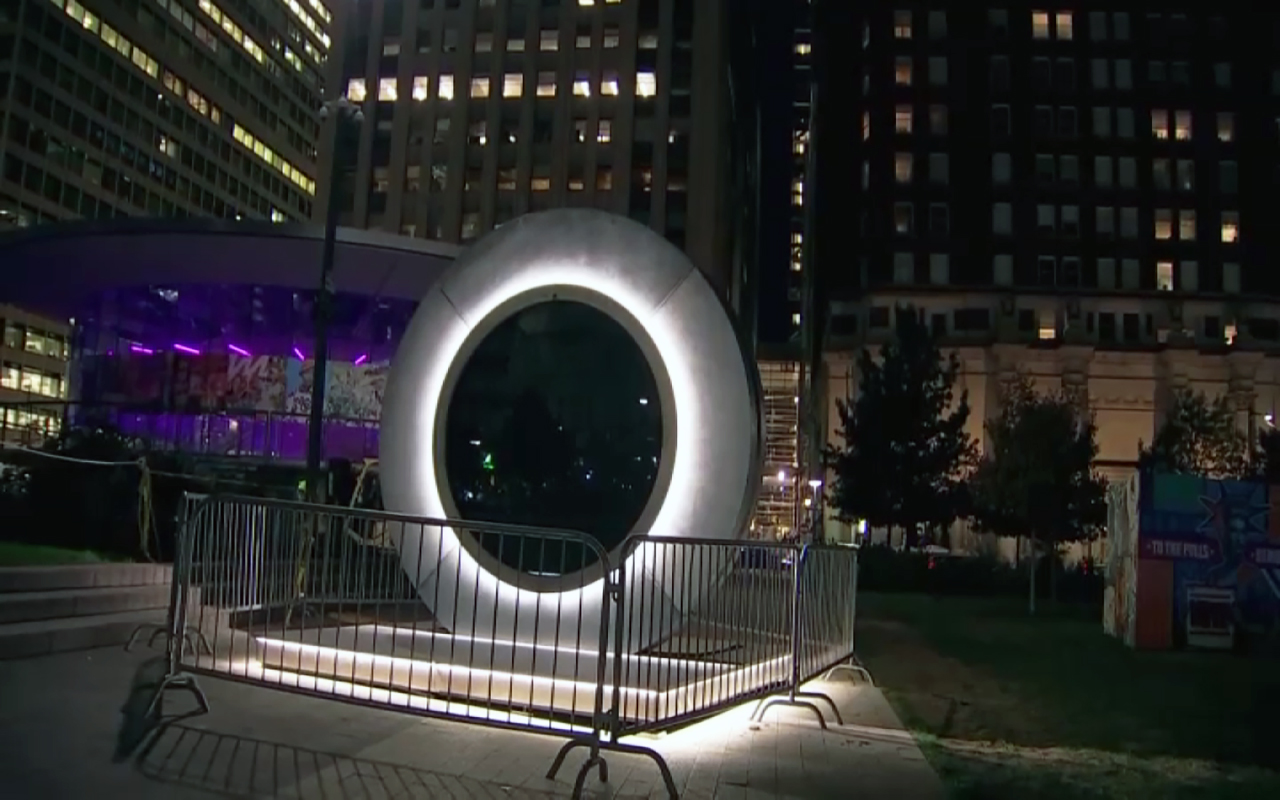
The day of the Latino American Presence
What we really celebrate on October 12th.
What we really celebrate on October 12th.
Origin (from the Latin origo) or beginning is a constant word in our vocabulary. It’s a constant repetition, an unconscious quest. The history has taught us to look backwards to see where we come from; how we progressed and how many mistakes we’ve committed. Some sensitive societies have always turned to history to enhance their achievements and subjugate those who are close to them. We’ve filled the emptiness with fantastic and cosmic stories, with characters and their decisions, to answer a why, a when and a how.
We are the unavoidable product of centuries of queries and destructions on the way, where many have given their lives for a truth they adamant proclaimed. All these stories, uncertain or not, real or not, have built a bulk of ontological needs that push us to elaborate concepts; to award them dates and to review celebrations. And the historical testimonies are the ones that determine and adjust the chronology on our common knowledge.
So it happens with the mythical October 12th 1492. A date stipulated by the conquerors as the day when “America was discovered”. This asseveration would need to be reflected on and meditated, like before, from the literature, the history, the politics and the sociology. Contextually, the fact that the oppressors, (and we’ll leave the power debate for later) had been those who selected the date in the calendar, it’s a truism. It was on this day that the Spanish “discovered” that his world was bigger and that other beings and species inhabited it. Arturo Uslar Pietri recommended to replace the word “encounter” for “presence”, since it was exactly that: the realization of the presence of the other.
Similarly, this date has always been perceived as a moment of unilateral encounter, where he who told the story in the first person, described from his nose such a wonderful moment. It was then when the disjunctive between hegemony and subjugation took place: who is more real? Who is above? Who is closer to the truth? Who lives closer to God?
Without any spirit of darwinisms, the history has emphasized the multiplicity of possibilities among the origin and the preeminence of the cultures that attended the encounter. From the theories of the Atlántida and the longevity of the Andes, to the pre-Columbian Viking approaches, the mystery of that man by the sea since many centuries keeps questioning our knowledge every October 12th.
We could even suppose that in the precise moment when both individuals saw each other, the time paused. The 15th Spanish century was not ready to absorb such different picture, much less to consider it a culture. The catholic oppression wouldn’t have allowed the consideration of other Gods, other devotions or even the questioning of their single truth, especially after so many years of occultism.
What about the native? Well, for him the word “indigenous” simply didn’t exist. His world was what he could see and its limits were those determined by the social rules; his Gods where those that manifested themselves through nature and his coexistence was adequate to his fundamental needs, under principles and an ethical code way more advanced than transmitted to the Old Continent by the conquistadors. The alleged technological underdevelopment was nothing but the product of a totally different geographical adaptation process.
However, if we oppose both perspectives, that October’s encounter was a recognition process where ones imposed their needs and the others their fundamental curiosity. The result is now well known. The devastation was brutal. But the outcome of that encounter of presences changed the history of the world forever.
“Mixture” was the first word they taught us while drawing Columbus three ships when we were in kindergarten. A word that involves much more than the mixture of three fixed races that had to live together in a fertile ground. The mixture was not only the sum of generations. Quite the contrary, it was an adjusting process, which persists latently today, more than ever.
The Europeans had to adapt themselves to an aggressive and invasive environment, changing their temper and transforming themselves into unrecognizable people. They where transferred to an anachronistic scenario where the Middle Age systems came back into force and the descriptive resources of Cervantes became useless.
The native, for his part, found himself facing a disrespectful, incisive and deaf man, an incomprehensible technology and a God that spoke a different language. He had to succumb to the death of his own Gods, after a battle read in the stars long time ago.
The reality of two worlds merged in a single Coast. Many systems had to change as well as words, manners and even food. Another story had to begin from zero without contemplating those that where already in progress, and this was the real mixture, the first mixture.
Since then, the Spanish literature would be greener, more violent, more melancholic and even more magical. The architecture would change the vaulted ceiling with less white figures, the secret dances would claim more pain, and a tuber would reach Europe, to help them cope with future wars: the potato.
But there was a cultural gap, a tangible one. The Spanish novel would reach America long time after. In fact, the first Latin American novel it’s known only in the 19th century, and the first time that America had to take the reins of its own destiny (meaning, during the Independence Process), the social and political models where imported from Europe, failing in the attempt, because what subsisted was the autocracy, the model of violent imposition of power that had nothing to do with Rousseau’s Republic. And that model, concurring with Uslar Pietri, was simply the remnant of the European feudalism of the 12th and 13th centuries.
The most important social movements in America echoed the colonial education of imitation, where everything that came from the other side of the Atlantic was way better. From Miranda’s ideals of Enlightenment to Diego Rivera’s murals, all the elements that the American adopted where translated to his own scenario inopportunely, creating an unique and personal dimension of what Latin America would be.
Hernández Xochitiotzin, Xul Solar, Antonio Berni, Roberto Matta, Borges, Carpentier, Cortázar, García Márquez, Gallegos, all the members of the Latin American culture are an hybrid product, single and unique, with no counterparts in North America or Japan. The Latin American Culture (with a capital C) is the living testimony of Western genesis. We have been the hands and feet of the American project, and our “discovery” would unleash radical processes for the humanity such as the Capitalism (after the importation of precious metals) and even the Revolution, for is there an Utopia other than the one the natives lived in before knowing the European?
The Latin American influenced the European literature, their practices, their political transformations and even their music. He built his identity based in an impervious reflect of enactment and transformation, generating a society that nowadays still looks back trying to find its place of origin; a people that when looks ahead faces other cultures that can’t define them.
After waves of secondary immigrations – Arab, Jew and specially European during the first half of the 20th century – Latin America has become a sort of cultural Babel Tower, where the indigenous and African features are still rooted in the collective unconscious but beautifully fused with the global diversity.
The second political and economical failure that hit the Latin American society was during the 20th century and produced an emigration wave that transformed us into the working class by default in places like North America and Spain. To the point when the handyman stereotype always comes together with a mustache and a Mexican flag. It is no wonder that when we say where we come from, only a few people can locate our country in a map, since we are all the same group, the same Pan-American society.
It is frequent that Colombians and Venezuelans fight for the authorship of the Arepa, Peruvians and Chileans for the Pisco and Paraguayan and Argentinians for the mate. It was thanks to the Spaniard that we mixed our traditions and cultures. And after the plundering of our lands and the importations of failed ideologies, we ended up as foreigners in different places, trying to reconstruct a motherland that we carry on our spirit.
Nowadays the diversity is overwhelming: you can find Venezuelans with Arab features in distant cities, Argentinians with Italian faces, blonde Chileans and Dominicans with freckles. We Latinos have managed to disarm the patterns to which we have been subjected and catalogued, transforming ourselves in a rich society, full of not only phenotypes but of experiences, mileage and adaptability.
Every October 12th we remember the day a dominant culture wrote in a paper that it had met a different culture. Every October 12th we must remember the beginning of a change, the gestation of the real World Revolution. On October 12th, despite everything, Latin America was born as the most powerful cultural engine of the future.










LEAVE A COMMENT:
Join the discussion! Leave a comment.